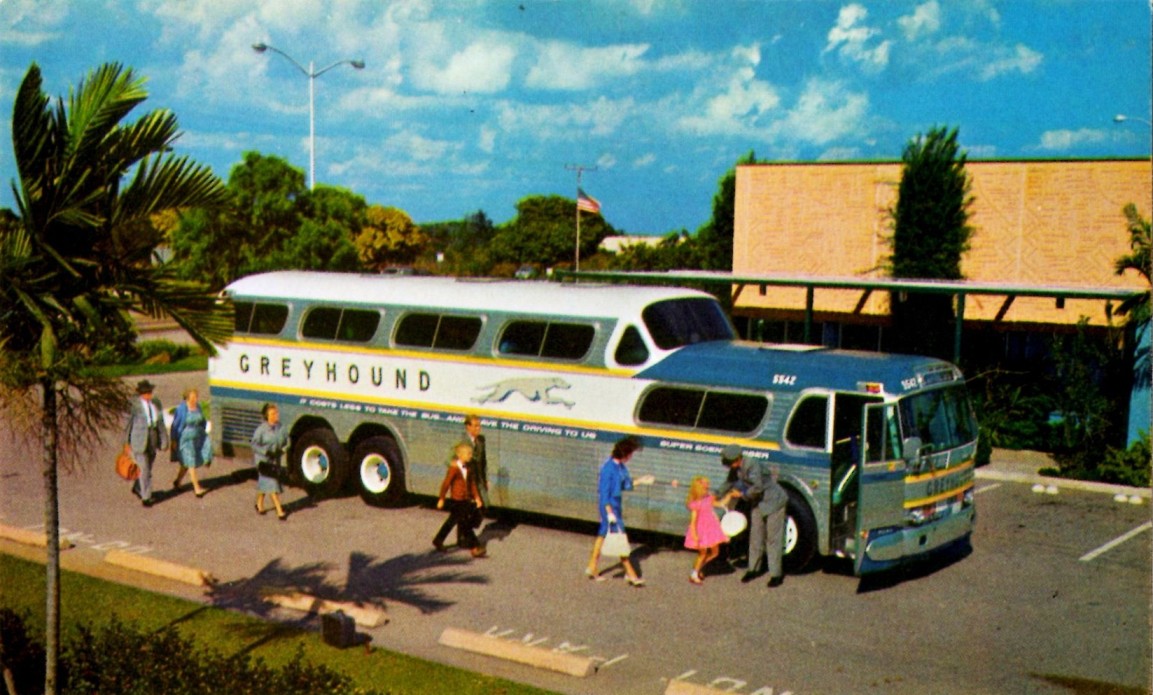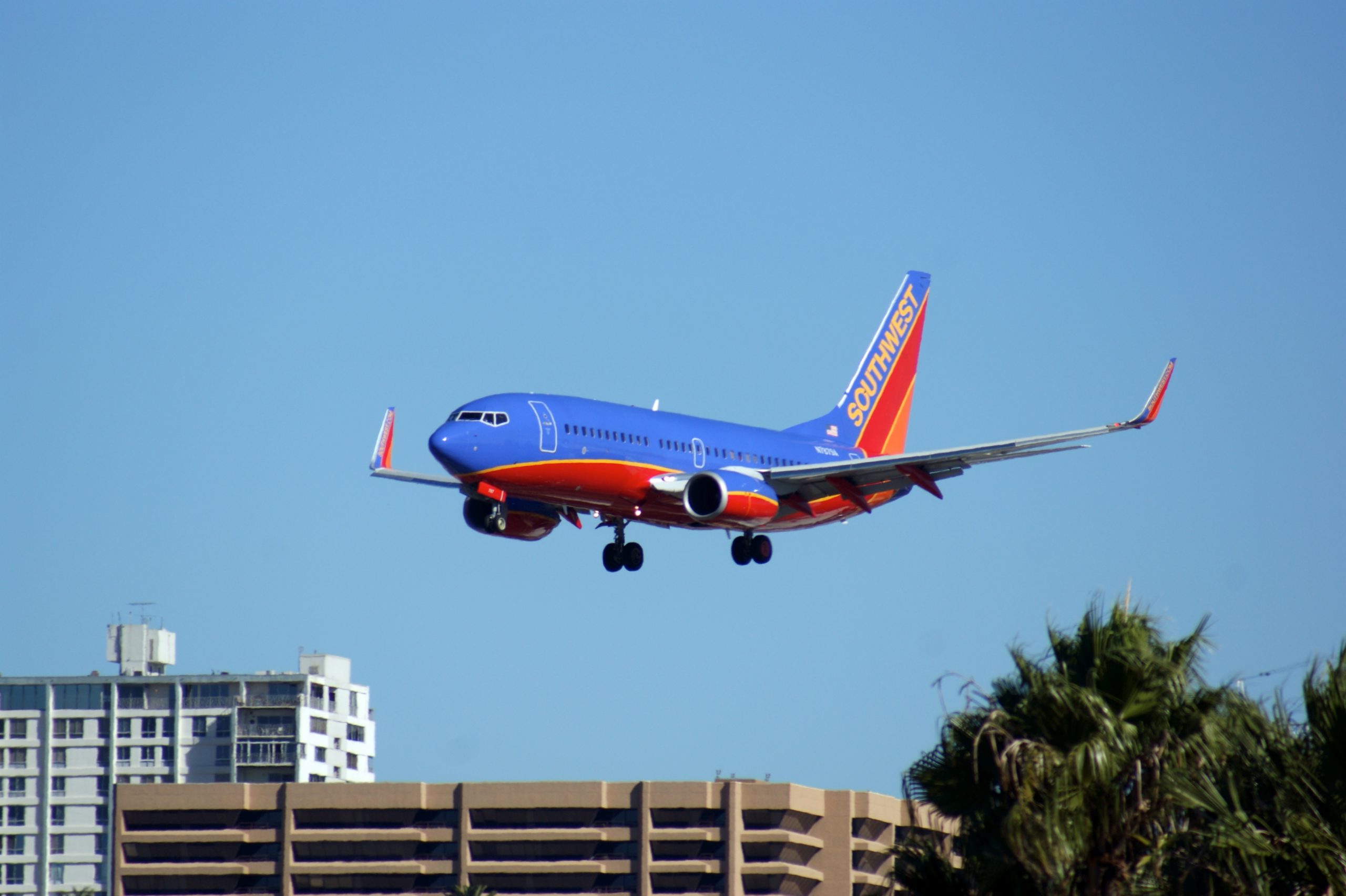Category: Transportation
-
Skate Route
Bicycle routes are too mainstream for Portlandia.
-

Why Am I At a McDonald’s at 5 a.m.
I called my Mom again. Her Greyhound bus was supposed to leave at 10:15 a.m., but I hadn’t heard from her yet. It was 12:30 p.m. We had a bit of time between the arrival of the bus and the departure of the train, but this was quickly being eroded away. Each and every employee…
-

Southwest Is My Airline
Soon after getting married, I realized that I would be flying Southwest quite a bit more. It is the only airline to fly Austin to El Paso direct and, being the city of my wife’s family, it would be a common destination during the holidays. For five years, I’ve only flown Southwest. Now, working for…
-
New “California Stop” Signage
The City of Austin is apparently testing out a new form of intersection signage to indicate that a “California Stop”, also known as a rolling stop, is allowed at an intersection. The test has not resulted in any accidents and may lead the way for future intersection signage. In reality, a developer installed these signs…
-
Flashing Yellow Coming To You?
The way we turn left in Texas, or at least how we know when to turn, may be changing in Texas if the Federal Highway Administration get their wishes. In signal-controlled intersection with dedicated left-turn lights, we’re used to the following, or some similar variation: RED “ball”: Stop. YELLOW “ball”: Light is changing to red.…
-
Segway + Smart Car = PUMA?
I saw this today on the Platentizen blog – A two-seater hybrid between a segway and a traditional car. In reality, think two segways fused together, add seats and a little weather shield. See more on Segway’s website.